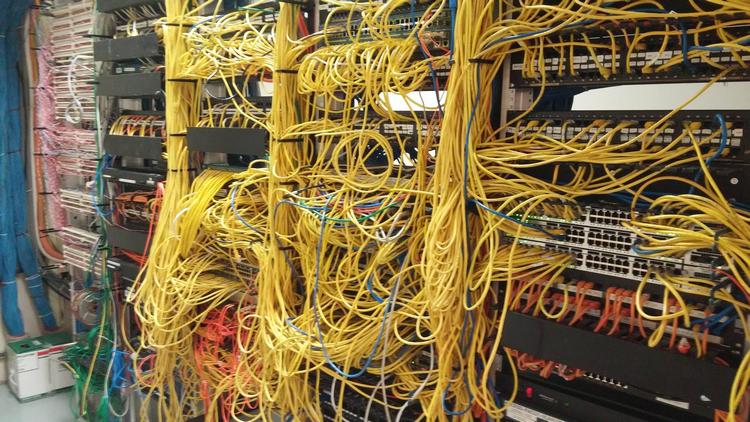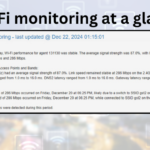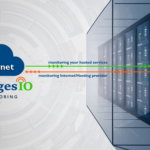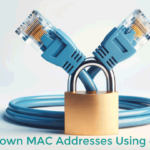Why does our Internet fail to reach advertised “up to” speeds? Actual Internet speed vs advertised can definitely vary prompting the question ‘Why is my Internet so slow”. This is a common question we will demystify.
We pick our Internet speed plans based on what we think our usage might be. There are few things that can help us to decide on the plan.
One might be your work. You might move huge files day in and out from your home or office and need as much speed as possible to get work done.
Another might be that you have kids and know they are always using up the speed playing online games, downloading media, streaming on their own devices and so on. Finally, you might feel your last or current service is sluggish, so a higher speed plan should fix that.
In some cases, upgrading speeds will help but this is true only if the local provider is not overselling their services. Upgrading from 50Mbps to the 200Mbps plan may not make much difference. How is that possible?
Slower speeds than advertised?
Our first stop is a speed testing sites when Internet is slow or sluggish. Often, after running the test, it shows an acceptable level of speed. How is this possible?
The problem with speed testing is that it doesn’t actually show what is wrong with the connection.
Speeds are tested in the most optimal way while our use of the Internet is nowhere like this. The following articles show tests that we’ve conducted and provide more information on what speed testing results actually mean.
https://support.outagesio.com/topic/24/we-did-some-extreme-internet-speed-testing/
https://support.outagesio.com/topic/23/are-internet-speed-tests-for-real/
Understanding why Internet speeds fail advertised “up to” speeds is key to knowing what to expect and what to buy as a plan.
Speed is really bandwidth
It’s important to first understand that speeds and bandwidth are two different things.
The term speed has become synonymous with home and small business Internet connectivity.
However, bandwidth is the maximum amount of data which can travel over a certain medium, cable, fiber, wireless and copper (DSL).
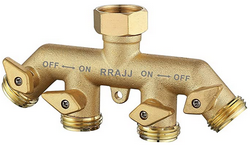 The easiest way to understand this is to imagine a garden hose connected to a single spout on your home.
The easiest way to understand this is to imagine a garden hose connected to a single spout on your home.
At the end of the hose is one outlet but you need to water 10 things that are too far to reach with your single hose.
You buy a bunch of adapters and split the end of the hose up into 10 hoses. Now you have 10 hoses coming off your single one but you notice that water flow is not so great at the flowing end of each hose. This is because the main hose can only carry so much water and now it is being distributed across 10 more.
If you use only one of the 10 hoses, you’ll get full flow but if all 10 or even 5 are being used at the same time, the water flow is much less.
Best effort delivery
Internet services are sold as a “best effort delivery” service. This means that your speeds are guaranteed to their hardware on your street or in the neighborhood but not beyond that. When you ask your provider if you are getting the speed you are paying for, they only look at your connection to their street equipment and nothing else.
So what is happening?
A provider has X amount of bandwidth available in any area that it serves. Providers typically start with an estimated number of potential customers so allocate a certain amount of bandwidth with plans to expand as needed. Expanding however, doesn’t happen as quickly as resources are used up. Providers will try to put off upgrades for as long as possible, until there are enough problems or complaints to warrant upgrading.
Your provider is more than happy to sell you increased speeds, but that is to their local hardware. This is not a guarantee that they have enough bandwidth to actually supply those upgrades. As more of your neighbors feel the speed problem too and upgrade, it becomes a balancing act by the provider to ensure that there is enough bandwidth in the area to accommodate customers.
It’s a game of making money and counting on the fact that not all customers will max out their bandwidth by using it at the same time.
This game however doesn’t work properly and consumers suffer the consequences while providers reap the benefits.
In some cases, the problems might be related to bad network configurations or failing hardware that has not fully failed yet.
There are a host of other reasons could be why your Internet may fail to reach advertised “up to” speeds.
What can you do to speed up your connection?
In most cases, even 50Mbps is more than enough for the average consumer.
This only becomes a problem is there are more than one media device streaming 4K video or someone downloading huge files at the same time that media is being streamed. Even constant speed testing is going to use up the providers bandwidth.
You should check for media devices that might be inefficiently downloading programs/movies or other devices which may be using up bandwidth on or around the same times that other family members might be wanting to stream movies.
Contacting the provider about the problems will almost surely lead to them up-selling you to a higher speed plan. This may or may not help depending on how oversold your local provider is in your area.
What options are there for high-speed connections?
The only options possible are which ever providers and mediums are available in your area.
Starting with the slowest, options are DSL, wireless, cable and fiber.
Satellite was the slowest option possible for many years but is getting better. However, there are still a lot of reports that speeds are fairly inconsistent with the marketing.
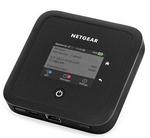 Mobile is another option. If you have very good reception, you might look into something like a netgear nighthawk device which provides an Ethernet connection from a 4G/5G cellular adapter.
Mobile is another option. If you have very good reception, you might look into something like a netgear nighthawk device which provides an Ethernet connection from a 4G/5G cellular adapter.
It doesn’t matter where you live, the Internet is a shared resource but if the provider is overselling their bandwidth or not upgrading to ensure that you are getting what you are paying for, then the only option is to contact neighbors or others using the same provider and try to make a case. Joining forces may get the attention needed to motivate the provider to make upgrades.
How OutagesIO helps you or your community
If you feel that your service is not up to par, it may be speeds but it may also be some other problems in your area causing performance issues. The only way to know is by gathering information and proof so that you can make your case.
OutagesIO can be used at no cost to see how your service and provider are doing and getting a few neighbors to use the service can help to confirm that you aren’t the only one experiencing problems. Once you confirm there are problems, you can even upgrade your reports for additional information that could help your case.
If your neighborhood or town or city is facing an uphill battle trying to motivate one or more providers to make upgrades, it may be due to lack of proof and information. OutagesIO may be able to help your community at no cost. If you feel that you fit our requirements, please feel free to contact us
As we move entertainment, work and more of our critical infrastructures onto the Internet, everyone needs highly reliable services.

